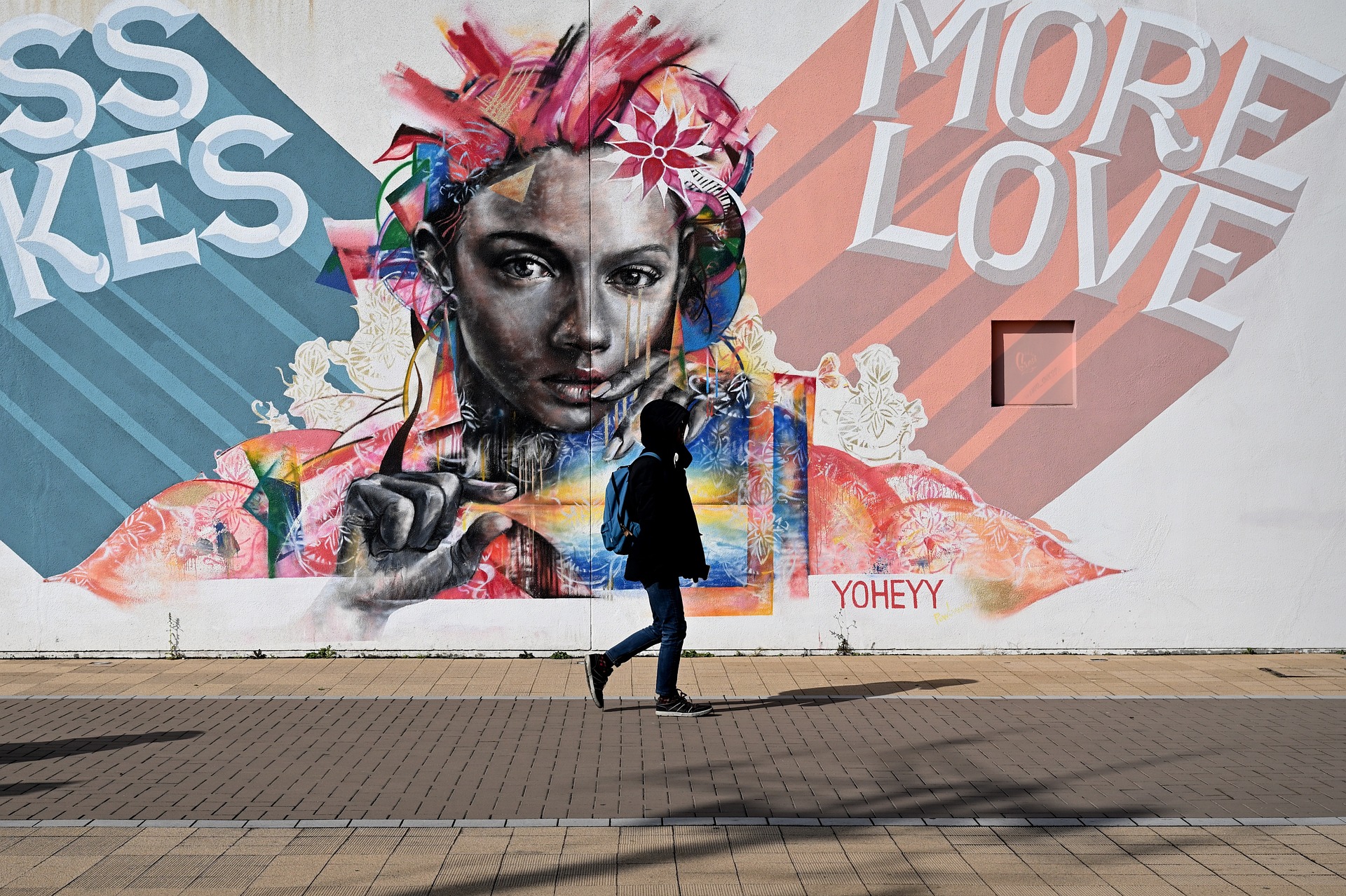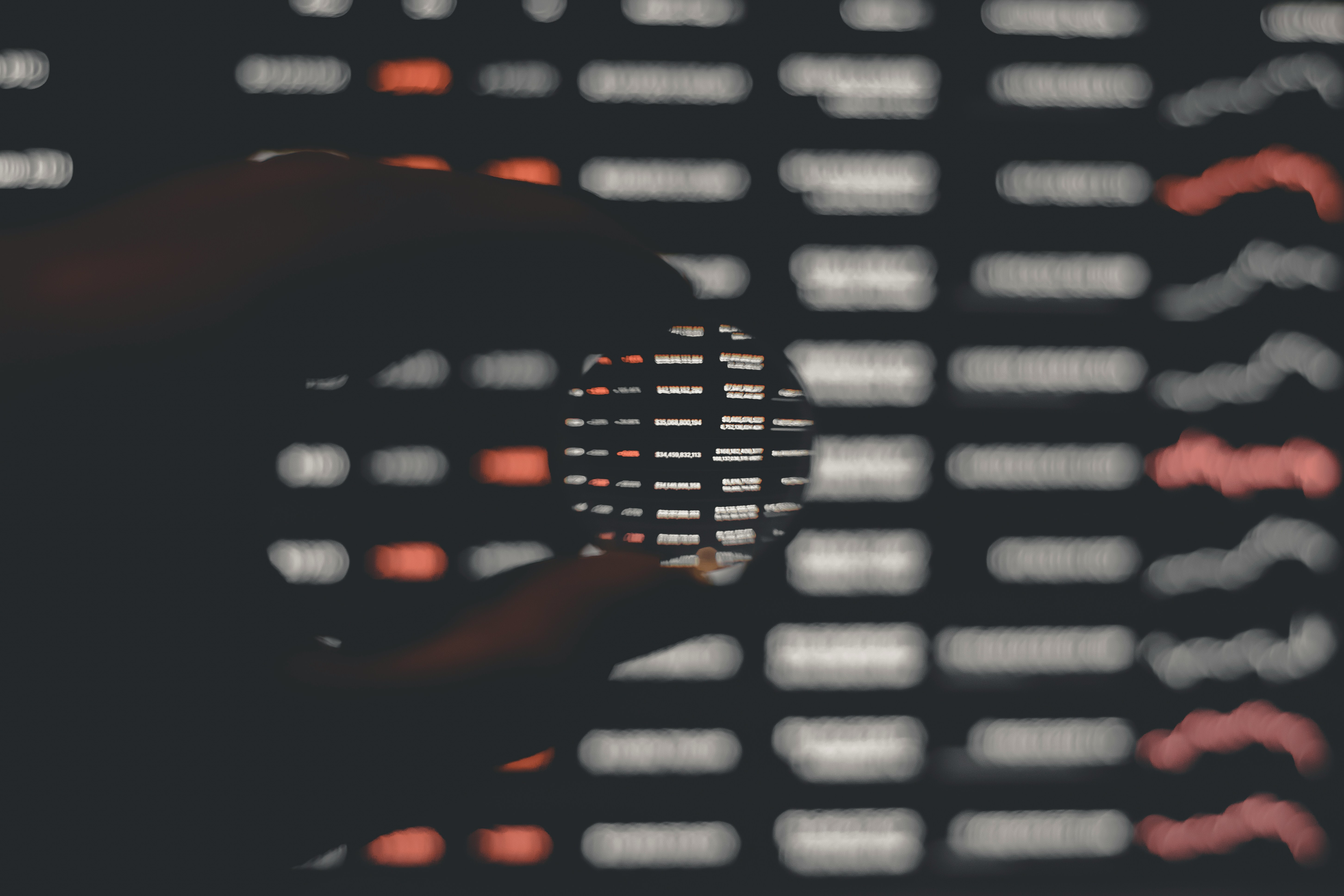Innovations in Virtual Reality: Transforming the Landscape of Performance Art
Immerse yourself in the fascinating world of virtual reality (VR) as it ushers in a new era of performance art. Discover the evolution of this technology, its influence on artistic expression, and the boundless possibilities it holds for the future. Virtual reality is a technological marvel that has been decades in the making. Born from the futuristic dreams of scientists and inventors in the mid-20th century, the concept of creating a simulated environment that can be interacted with in a seemingly real or physical way has been a persistent vision. The term 'virtual reality' was first officially used in the 1980s, during which time the technology began to take shape in a more recognizable form. Early VR systems were expensive and cumbersome, limiting their accessibility and use.
VR Today: A Game-Changer in Entertainment
Fast forward to the present day, and virtual reality has become a groundbreaking force within the entertainment industry. With the advent of sophisticated VR headsets like Oculus Rift and HTC Vive, the technology has become more accessible, leading to its widespread adoption. In the realm of video games, VR has revolutionized the way users engage with digital worlds. However, its influence has not been confined to gaming alone. The arts and entertainment sector has recognized the potential of VR, leading to a surge in virtual reality performance art.
The New Canvas: Virtual Reality in Performance Art
As an artistic medium, virtual reality offers a unique canvas that transcends the limitations of traditional art forms. Artists can create immersive, 360-degree environments that transport viewers into the heart of their creative vision. This level of interaction and immersion is unparalleled, offering new ways to engage with and interpret artistic narratives. From virtual ballet performances that place viewers on stage with the dancers to interactive theater productions where audience members can influence the narrative, VR is pushing the boundaries of what is possible in performance art.
The Future Beckons: The Potential of VR Performance Art
The potential of VR in performance art is vast and largely untapped. This technology could redefine the way we experience art, making it more personal, immersive, and interactive. Artists are only just beginning to explore the possibilities, but already we are seeing innovative approaches that hint at a thrilling future. Imagine being able to step inside a painting, explore the hidden depths of a sculpture, or interact with characters in a theatrical performance. The lines between audience and performer, observer and participant, could blur in exciting and unpredictable ways.
Conclusion
Virtual reality is carving out a new space in the world of performance art, offering a platform for creativity that is unrestricted by the physical constraints of traditional mediums. As technology continues to advance, we can expect to see further innovations that push the boundaries of artistic expression. VR is not just a tool for art; it is becoming an integral part of the artistic process, opening up a world of possibilities that we are only just beginning to explore.





